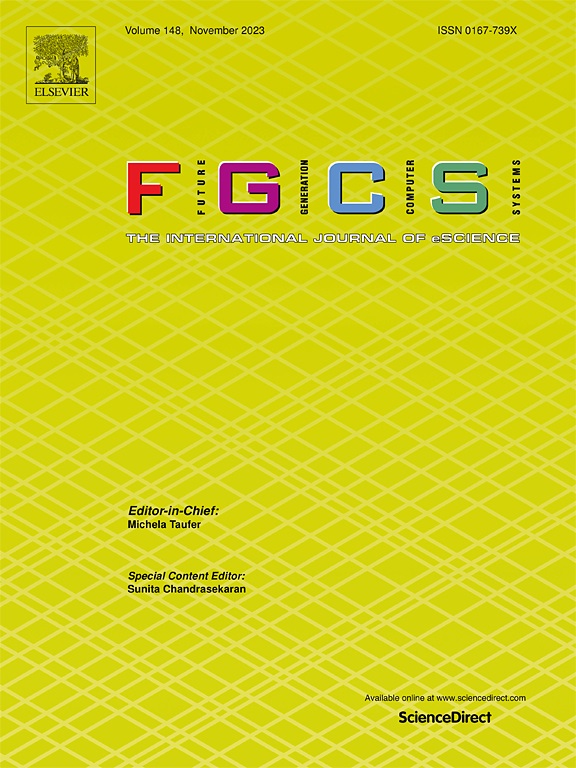Smart contract languages: A comparative analysis
IF 6.2
2区 计算机科学
Q1 COMPUTER SCIENCE, THEORY & METHODS
Future Generation Computer Systems-The International Journal of Escience
Pub Date : 2024-10-22
DOI:10.1016/j.future.2024.107563
引用次数: 0
Abstract
Smart contracts have played a pivotal role in the evolution of blockchains and Decentralized Applications (DApps). As DApps continue to gain widespread adoption, multiple smart contract languages have been and are being made available to developers, each with its distinctive features, strengths, and weaknesses. In this paper, we examine the smart contract languages used in major blockchain platforms, with the goal of providing a comprehensive assessment of their main properties. Our analysis targets the programming languages rather than the underlying architecture: as a result, while we do consider the interplay between language design and blockchain model, our main focus remains on language-specific features such as usability, programming style, safety and security. To conduct our assessment, we propose an original benchmark which encompasses a wide, yet manageable, spectrum of key use cases that cut across all the smart contract languages under examination.
智能合约语言:比较分析
智能合约在区块链和去中心化应用程序(DApps)的发展过程中起到了举足轻重的作用。随着 DApps 不断得到广泛应用,开发人员已经可以使用多种智能合约语言,每种语言都有其独特的功能、优点和缺点。在本文中,我们研究了主要区块链平台中使用的智能合约语言,目的是对其主要特性进行全面评估。我们的分析以编程语言而非底层架构为目标:因此,虽然我们确实考虑了语言设计与区块链模型之间的相互作用,但我们的主要重点仍然是语言的特定功能,如可用性、编程风格、安全性和保障性。为了进行评估,我们提出了一个独创的基准,该基准涵盖了广泛但易于管理的关键用例,这些用例横跨所有正在研究的智能合约语言。
本文章由计算机程序翻译,如有差异,请以英文原文为准。
求助全文
约1分钟内获得全文
求助全文
来源期刊
CiteScore
19.90
自引率
2.70%
发文量
376
审稿时长
10.6 months
期刊介绍:
Computing infrastructures and systems are constantly evolving, resulting in increasingly complex and collaborative scientific applications. To cope with these advancements, there is a growing need for collaborative tools that can effectively map, control, and execute these applications.
Furthermore, with the explosion of Big Data, there is a requirement for innovative methods and infrastructures to collect, analyze, and derive meaningful insights from the vast amount of data generated. This necessitates the integration of computational and storage capabilities, databases, sensors, and human collaboration.
Future Generation Computer Systems aims to pioneer advancements in distributed systems, collaborative environments, high-performance computing, and Big Data analytics. It strives to stay at the forefront of developments in grids, clouds, and the Internet of Things (IoT) to effectively address the challenges posed by these wide-area, fully distributed sensing and computing systems.

 求助内容:
求助内容: 应助结果提醒方式:
应助结果提醒方式:


